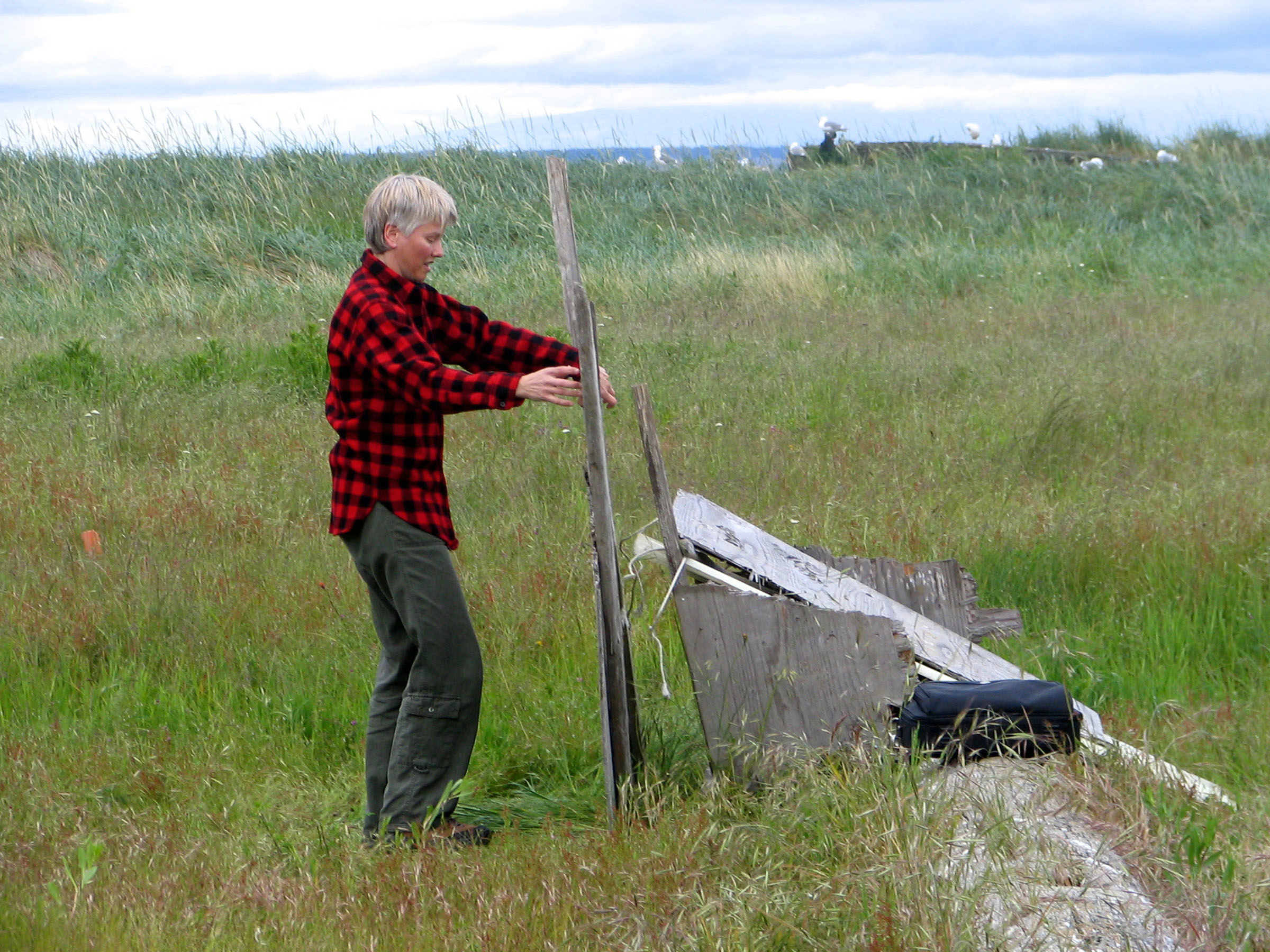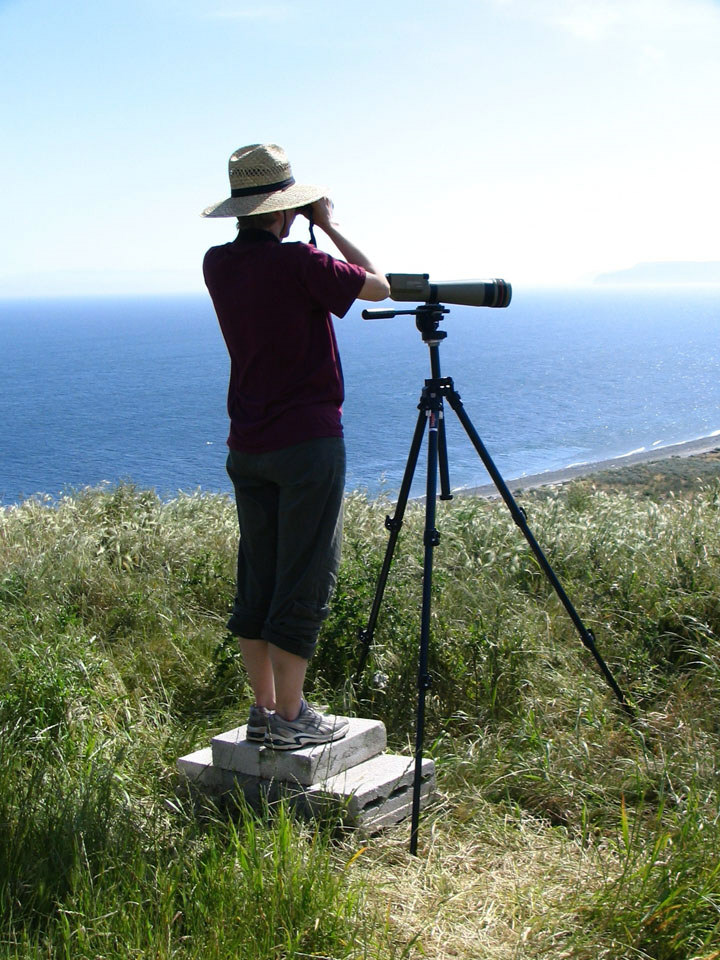Currently I work in two areas: 1) nonlinear population dynamics, in which the animal model consists of laboratory populations of insects; and 2) the dynamics of animal behavior in the field, in which the animal models are field populations of marine birds and mammals.
 Nonlinear Population Dynamics: The interdisciplinary “Beetle Team” (R. F. Costantino, J. M. Cushing, Brian Dennis, Robert A. Desharnais, myself, and Aaron King) use laboratory populations of Tribolium to test the theory of nonlinear dynamics in ecology. A discrete, nonlinear (semi-)dynamical system known as the LPA model serves as the basic stage-structured mathematical model of flour beetle population dynamics. Nonlinearity in the system is due to the cannibalism of adults and larvae on pupae and eggs. Parameter estimates are obtained from data by means of stochastic versions of the model. We have documented a whole zoo of nonlinear phenomena in population data, including equilibria, cycles, transitions between dynamic regimes (bifurcations), multiple attractors, resonance, basins of attraction, saddle influences, stable and unstable manifolds, transient phenomena, lattice effects, and chaos. Currently, we are studying the dynamics of competition in multiple species communities of Tribolium.
Nonlinear Population Dynamics: The interdisciplinary “Beetle Team” (R. F. Costantino, J. M. Cushing, Brian Dennis, Robert A. Desharnais, myself, and Aaron King) use laboratory populations of Tribolium to test the theory of nonlinear dynamics in ecology. A discrete, nonlinear (semi-)dynamical system known as the LPA model serves as the basic stage-structured mathematical model of flour beetle population dynamics. Nonlinearity in the system is due to the cannibalism of adults and larvae on pupae and eggs. Parameter estimates are obtained from data by means of stochastic versions of the model. We have documented a whole zoo of nonlinear phenomena in population data, including equilibria, cycles, transitions between dynamic regimes (bifurcations), multiple attractors, resonance, basins of attraction, saddle influences, stable and unstable manifolds, transient phenomena, lattice effects, and chaos. Currently, we are studying the dynamics of competition in multiple species communities of Tribolium.Dynamics of Animal Behavioral in Field Populations: During the last two decades, robust quantitative prediction has become possible for several laboratory systems (e.g. flour beetles, rotifers, and mites) by the rigorous connection of mathematical models to data. These successes, however, have not been duplicated in field populations of birds and mammals. One of the reasons for this is that complex animals show significant individual variation in behavior. The interdisciplinary “Seabird Ecology Team” (J. M. Cushing, J. G. Galusha, J. L. Hayward, and myself) develops mathematical models of animal behavior, ties them rigorously to field data, and tests their predictions in the field. We have successfully modeled the haul-out of harbor seals; loafing, sleeping, and preening behavior in seabirds; and diurnal habitat distribution of seabirds in heterogeneous environments. We also study the effect of weather, climate, and disturbance on animal behavior and reproduction.
